Paper consumption in India has to grow, there’s no other way
As the paper industry, and all its stakeholders congregates at Paperex 2015, PrintWeek India looks at why the industry has reasons to be optimistic, even at the face of teething troubles
04 Nov 2015 | By PrintWeek India
According to recent data, globally, per capita paper consumption for Europe is 129 kg, Australia 116 kg, Asia 45 kg and in China it is 75 kg. In India, on the other hand, the per capita paper consumption hovers between nine and 11 kg.
Meanwhile, the Indian Paper Industry accounts for about 2.6% of the world’s production of paper, providing employment to more than 0.5 million people directly and 1.5 million people indirectly.
Due to growth in literacy, change in lifestyle and increasing consciousness for personal hygiene, per capita consumption of paper and tissue in India is increasing by the day. Even if this per capita consumption increases by one kilogram, it will lead an increase of paper production by one million tonnes.
It is clear that to meet the growing demand, the Indian paper industry requires more raw materials and advanced technology. To meet this technology demand, India has developed new technologies and latest machinery for paper industry. These innovations are quite economical as compared to the international market. Thus, Indian machinery manufacturers and technology supplier have also started catering the international market.
This clearly means the paper industry will contribute more in GDP, export and also increase more employment options in near future.
During a press conference ahead of Paperex 2015, held on 28 October in New Delhi, RC Johari, CEO, Trident Paper, said the per capita consumption of paper in India is abysmally low at 9.8 kg as compared to the global average of 58 kg. Thus, there is a strong growth potential. Johari said the consumption of paper is projected to grow to about 40 million tonnes in 2025 from about 14 million tonnes currently.
According to Pramod Agarwal, president, Indian Agro and Recycled Paper Mills Association, the Indian paper industry is amongst the world’s fastest growing markets and accounts for about 2.6% of the world’s production of paper, with an estimated turnover of Rs 50,000 crore and a contribution of around Rs 4,500 crore to the exchequer. Revenues are expected to reach USD 11.8 billion by 2017.
The India paper industry is preparing for the future ahead. In the last five years alone, the Indian paper sector has invested about Rs 20,000 crore on capacity enhancement, technology upgrade and acquisitions. The Indian Paper Manufacturer’s Association (IPMA) estimates that the industry will require further investments of about Rs 90,000 crore in the next decade to meet the projected demands for paper and packaging industry in the country.
In this context, according to Gagan Sahni, director, Paperex, the exhibition provides a great platform to capitalise on the opportunity at the right time.
Yet, the road ahead is fraught with hurdles. First is the capacity enhancement and quality product. Most of the equipment in most of the Indian paper mills are old and they need to be overhauled. This is a serious concern if the industry wants to increase its production numbers. If the country wants to produce 25 billion tonnes as opposed to 12.2 billion tonnes currently, to increase the per capita consumption to 19-20 kg, the industry will need an additional investment of USD 15 billion by 2025-26, said Johari.
With infrastructure and capital, there is also a need for raw material, which is a major concern for the industry. The paper mills are agro-based, waste-based and wood-based. In all three segments, procurement of raw material is a concern. There is a big gap to be filled in the production of pulp. While most of the paper mills have dedicated forests for wood pulp, it is not enough. There needs to be strong awareness about recycling of paper waste and segregation of waste generated among the general public so that these wastes can be used as raw material in paper production.
According to Johari, among the 813 big and small Indian paper mills, the majority of them are in the non-wood segment. He gave the example of Trident, which is the world’s largest paper plant to use straw as the main raw material for pulp.
The quality of paper produced in India is another concern. If the industry wants to discourage import of paper and if it wants to export its products, it needs to create a quality benchmarking for export. There is a need for real R&D in the field. Again, as the industry is set to grow, there are needs for the skill development programmes to attract more manpower to the industry.
There are also environment concerns, in chemical discharge and waste of water. The industry also has to fight the prejudice that it is depleting the green cover of the country to produce paper. This is a myth, as Johari said, paper mills, as a rule, plant six trees for each tree cut.


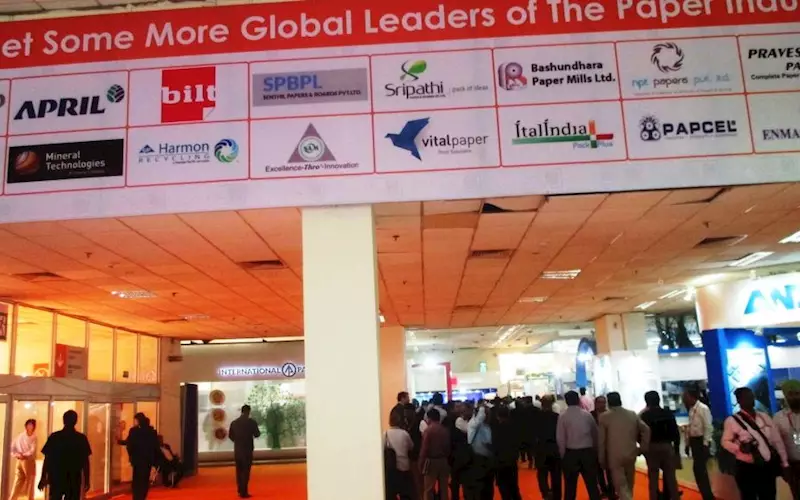
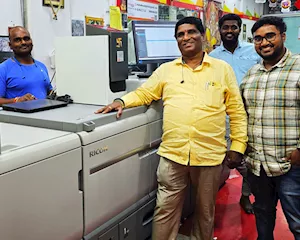
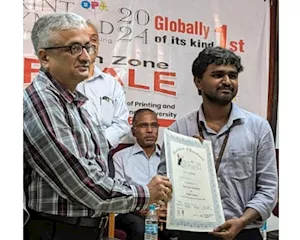

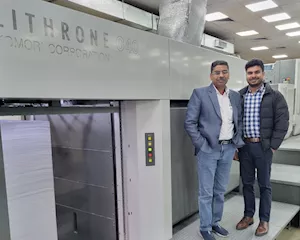


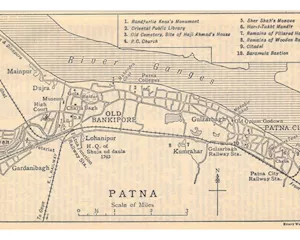

 See All
See All